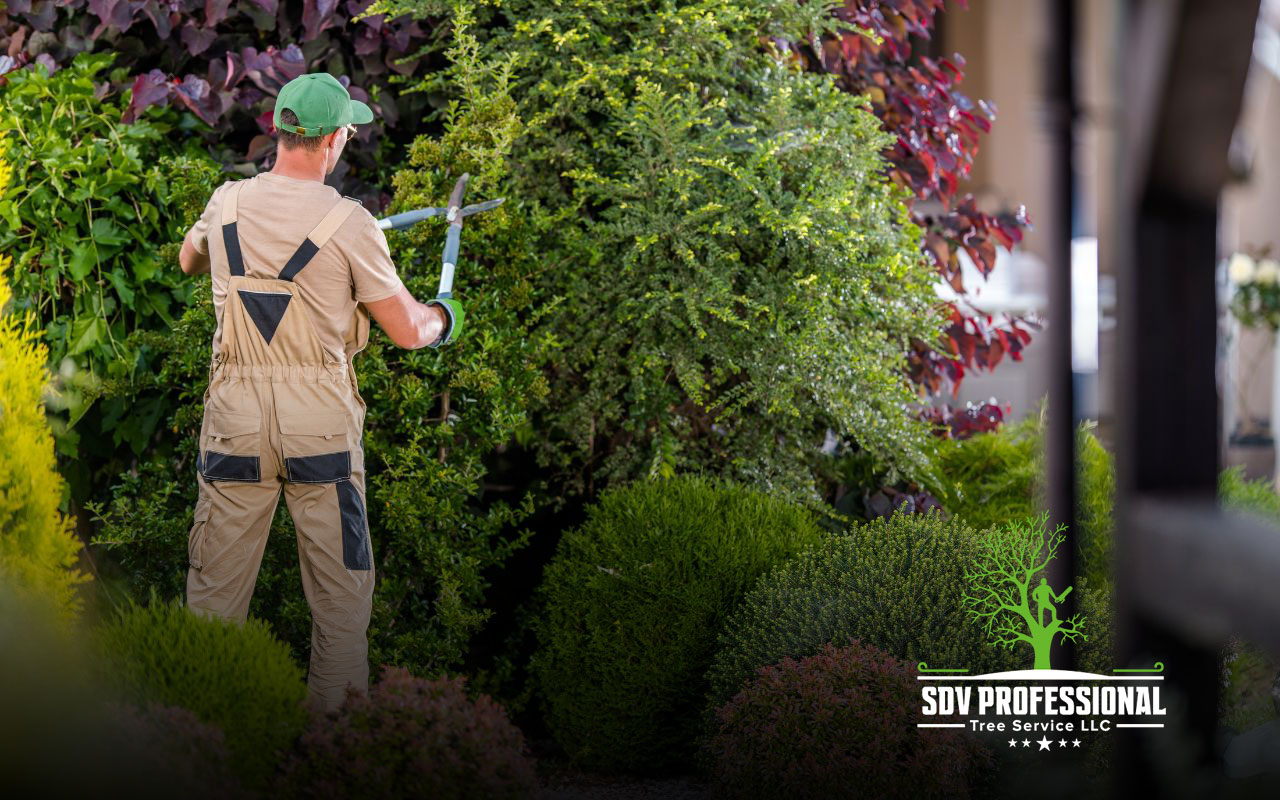
Tree Pruning Tips for a Healthy Yard
Maintaining a healthy yard isn’t just about mowing the lawn. Tree pruning is crucial in keeping your outdoor space vibrant and safe. If you’re wondering how to keep your trees looking their best, these tree pruning tips will guide you.
Discover the best practices for maintaining your trees, ensuring your yard remains beautiful, and enhancing your property’s overall value.
Mastering Tree Pruning Tips for a Healthy Yard
Pruning your trees properly ensures their health and beauty while promoting safety in your yard. Knowing the right techniques can make all the difference whether you are a new homeowner or have a long-established yard. Let’s explore some essential tree pruning tips to help you maintain a lush, safe, and beautiful outdoor space.
Understanding the Basics of Tree Pruning
Tree pruning is not just about cutting branches. It’s a method to promote healthy growth, improve tree shape, and prevent disease. Here are some fundamental tree-pruning tips:
- Know When to Prune: The best time to prune most trees is late winter or early spring. This timing allows trees to heal quickly.
- Use Proper Tools: Sharp, clean pruning tools reduce the risk of damage and disease spread.
- Focus on Dead or Diseased Branches: Start by removing any dead or diseased branches. This prevents further decay and keeps your tree healthy.
Tree Trimming Best Practices

Proper trimming is essential for maintaining your trees’ structural integrity and health. Follow these tree-trimming best practices:
- Cut Close, But Not Too Close: Make cuts close to the main trunk, but avoid cutting into the trunk.
- Avoid Over-Pruning: Too much pruning can stress the tree and impact its growth. Limit cuts to less than 25% of the tree’s foliage.
- Use the Three-Cut Method: For larger branches, use a three-cut method to avoid damaging the bark.
Seasonal Tree Care in Huntsville

Different seasons require different tree care approaches. Here’s what you need to know about tree pruning in Huntsville throughout the year:
- Spring and Summer: Focus on light pruning to shape the tree and remove small branches.
- Fall: Avoid heavy pruning; trees prepare for winter and need their leaves for photosynthesis.
- Winter: This is the ideal time for more extensive pruning. The trees are dormant, making them less vulnerable to damage.
Common Mistakes to Avoid When Pruning
Avoid these common mistakes to ensure your trees stay healthy:
- Topping Trees: Never cut off the top of a tree to reduce its height. This can lead to weak, unhealthy growth.
- Over-Pruning: Pruning too much can leave the tree vulnerable to disease and pests.
- Improper Cuts: Jagged cuts or cuts too far from the branch collar can damage the tree.
FAQs
Q: How often should I prune my trees?
A: Prune trees once a year for general maintenance. For young or fast-growing trees, twice a year might be necessary.
Q: What are the signs that my tree needs pruning?
A: Look for dead or broken branches, crossed limbs, or limbs growing too close to power lines or structures.
Q: Can I prune trees myself, or should I hire a professional?
A: While light pruning can be done by homeowners, larger jobs or pruning near power lines should be left to professionals.
By following these tree pruning tips, you can maintain a healthy and attractive yard all year round.
Achieve a Healthy Yard with These Tree Pruning Tips
Using the proper tree pruning tips will help you maintain the beauty and safety of your yard. By pruning your trees correctly, you protect your property, promote healthy growth, and enhance your landscape’s value.
Ready to see the difference professional tree care can make? Contact us today to ensure your yard stays in top shape year-round.
